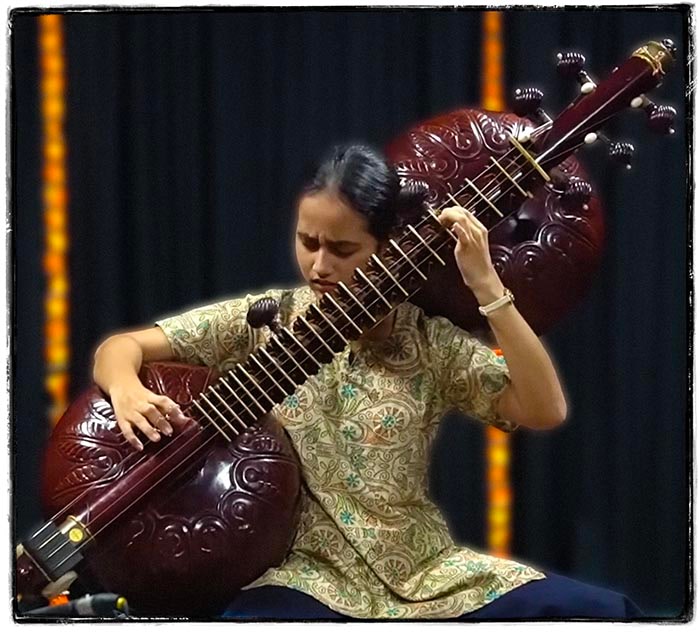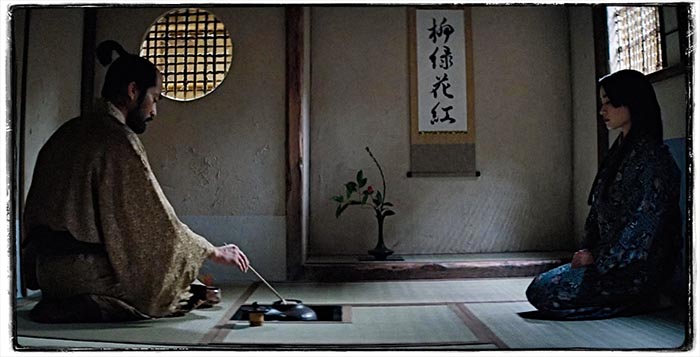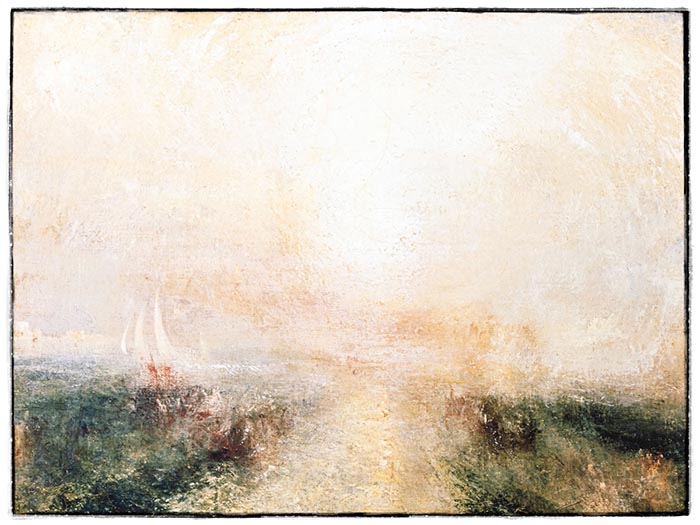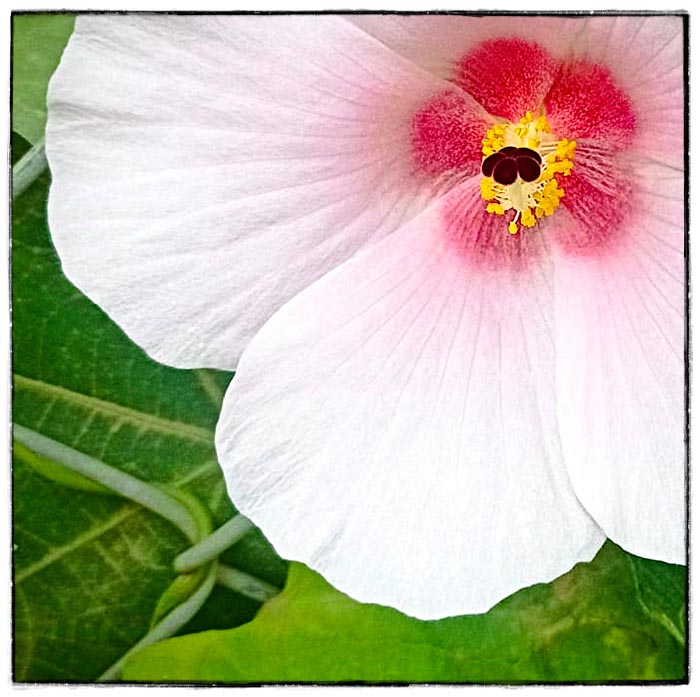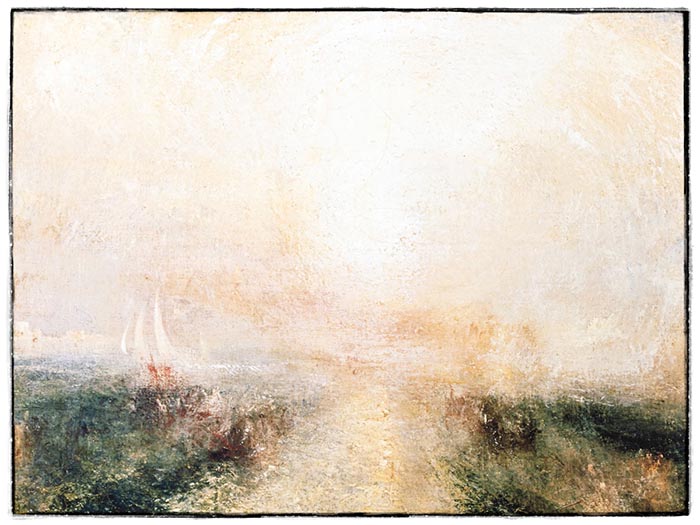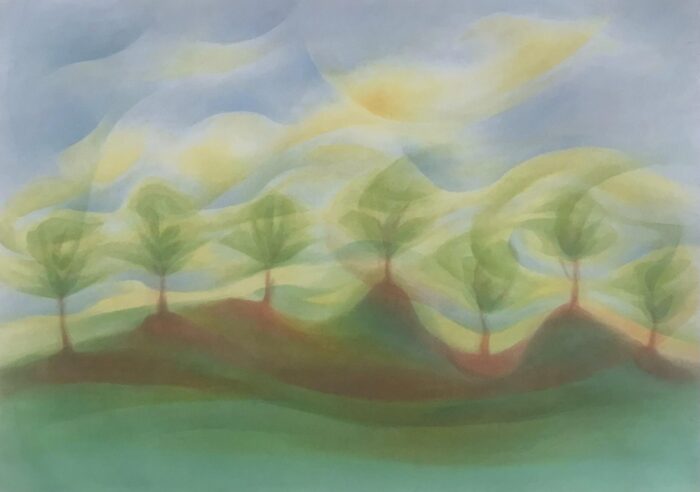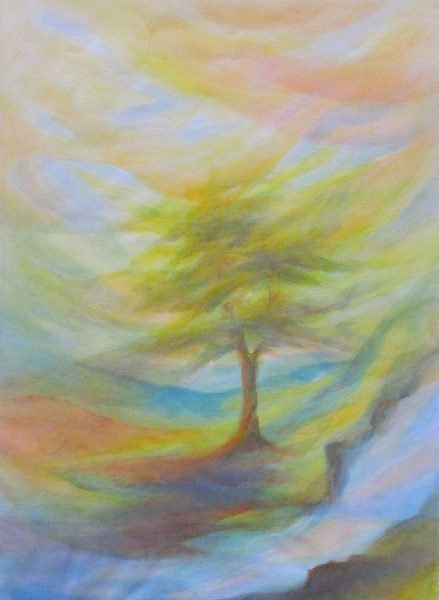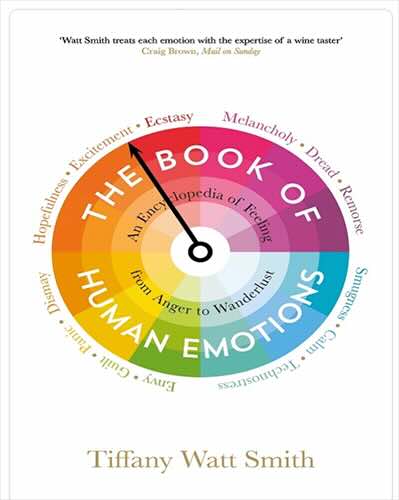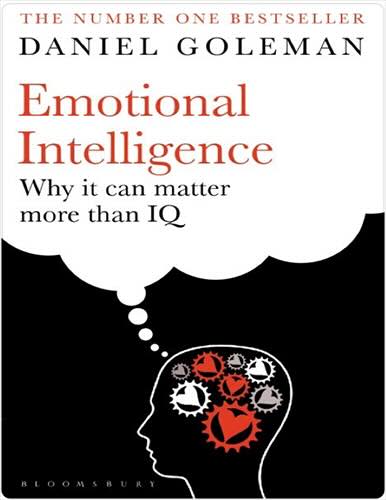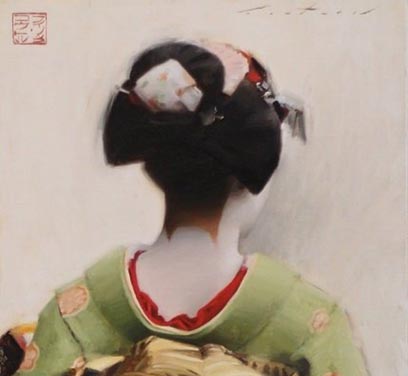The many shades of white.
An exploration into nuance and subtlety.
And the art of cultivating The Subtle
in everyday life.
I guess we all know what’s not subtle:
A rowdy crowd in a downtown bar at “Happy Hour”, a traffic jam at rush hour, the Tokyo subway, the sights and sounds and neon lights of NYC’s Times Square ….
But let’s not talk about all of that!
Where and how I can find subtlety and the sublime, this is what interests me here, that is what I wish to explore.
‘Enter the white tunnel into a space
Where there is no time
Where there is no mind
Just the God’s radiant face’
– anonymous
The more I allow silence, the deeper I move into the inner stillness, the more I understand this ancient poem.
Patience, Silence and Mental Stillness are prerequisites for that kind of adventure.
~~~
When I think of it, there have been three impulses that inspired me to write this article:
One was a video of the Indian Musician Mrunalini playing a raga on the ancient instrument of a Runa Veena and the astonishing microtonal nuances she manages to create. A completely different kind of subtle and precise music, different from most of what we usually hear on the radio.
The other one was a scene from the TV show “Shogun” showing the stillness and precision of a traditional Tea Ceremony and the feelings that were transported by that ritual.
And I guess there is the painter William Turner (1775–1851) whose use of light and layered colors always has awed me.
I will use those inspirations only as jump-off points in my exploration.
Albeit in a somewhat amateurish way, since I am no scholar of the painterly art nor of classical Indian music. And no Japanologist either!
I am mostly interested in a deep experience of the outer and the inner worlds, interested to fully experience whatever I put my awareness to.
Also I wish to develop ways to deepen and widen the scope and precision that experience.
And – if I am lucky – share some of that with you, dear reader.
~~~
~~
~
The words subtle, subtlety, subtleties — evoke in me feelings of a delicate interplay between the visible and the invisible, the known and the still unknown, the tangible and that which is beyond words.
These terms point me toward the understated, the nuanced and the refined, something that is demanding an attentiveness and carefulness that transcends the obvious, the surface awareness.
According to the Dictionaries, ‘subtle’ means something so delicate or precise as to be difficult to analyze or describe.
The word originated from the Latin ‘subtilis’, meaning ‘fine, thin, delicate.’ It describes something so finely woven that it was almost imperceptible, a thread so thin it dances at the edge of visibility.
Over time, subtlety came to encompass not only physical fineness but also intellectual and emotional precision, refinement, understatement as well as artfulness, sensitivity, discernment.
‘subtle’, ‘subtlety’, ‘subtleties’
~~~
~~
~
For me, subtlety is a quality that weaves thru the various dimensions of my experience, it brings depth and richness, real juice and shine that can not easily be explained.
Like the world would shine from the inside.
Obviously, the arts, poetry, music are some of the main areas where I can find The Subtle in plain sight.
But even without any human involvement, Nature, the Natural World offers endless manifestations of subtlety.
The fleeting delicate colors of dawn or sunset, the intricate veins of a leaf, the gentle kling-klang sounds of a bamboo forrest.
I could go on and on.
Because I am nurtured every day from noticing those things…
Nothing more needs be said about that, i guess 😆
~~~
~~
~
Poetry is the use of language that can be used to express subtleties that live in the unspoken, the implied, the hinted. Language can be used that is often highly symbolic, can carry many layers of meaning simultaneously.
Poetry is notoriously hard to translate, just like humor, which relies on wit and subtle suggestions, tongue-in-cheek expression and ironic undertones.
Poetry at its best is leaving most what it wants to say unsaid. And still the meaning is conveyed.
You do not have to be good.
You do not have to walk on your knees
for a hundred miles through the desert repenting.
You only have to let the soft animal of your body
love what it loves.
Tell me about despair, yours, and I will tell you mine.
Meanwhile the world goes on.
Meanwhile the sun and the clear pebbles of the rain
are moving across the landscapes,
over the prairies and the deep trees,
the mountains and the rivers.
Meanwhile the wild geese, high in the clean blue air,
are heading home again.
Whoever you are, no matter how lonely,
the world offers itself to your imagination,
calls to you like the wild geese, harsh and exciting –
over and over announcing your place
in the family of things.
By Mary Oliver
Pretty magical, actually.
In my humble opinion, this magical aspect of poetry reaches its peak in the form of a Zen Haiku, that says practically nothing concrete, but does it with maximum impact.
I write, erase, rewrite
erase again, and then
a poppy blooms.
A piece of green pepper
fell
off the wooden salad bowl:
so what?
Don’t try to figure out the meaning of such a Koan with your logical mind! They were devised by Zen Masters to shock the student out of the mind altogether, right into enlightenment.
Or so I have heard ; )
~~~
~~
~
Subtlety in visual art lies in the interplay of light and shadow, the the conscious restrained use of color, or the barely perceptible shift in texture.
In graphic design, book design and web design, subtle choices — such as typography, spacing, or the faintest gradient — can convey a specific atmosphere. And even a specific message.
Personally, I really like the use of Negative Space, of empty areas and specific text formatting as a means of expression of breath and rhythm and flow.
It is hard to say this in concrete words, it is done from feeling, from spontaneous impulse and a sense of “rightness” of the whole piece.
Oh, I would love to talk about painting, I would love to know about the art of watercolor, how master painters use subtle layering of colors and transiency to convey all kinds of optical illusions ; ).
Think of Turner for example, he is called ‘the painter of light’:
But hey! Unfortunately I am quite ignorant about all of that. I just know when I see something subtle, I feel something sublime!!!
I guess, this brings me to Antroposophic Veil painting, i have a little bit more personal experience there. It is a Watercolor painting technique that layers subtle veils of special translucent colors over each other.
It is used in a therapeutic context as well as in art education in Waldorf schools.
As a Waldorf Kindergardener I loved it because of the simplicity of it – wet on wet – as well as the magic of discovering always new color overlays.
Really fun to do it with kids!!!
~~~
~~
~
In my human interaction, emotional subtlety involves the fine art of empathy — sensing the unspoken needs and feelings of others.
A subtle gesture, a knowing glance or a gentle touch can communicate a thousand times more than words ever can.
To engage the world with subtlety needs me to fine-tune my perception, cultivating a sensitivity to details that might otherwise escape my attention. It requires patience, presence, and a willingness to look beyond the surface.
Subtlety exists on a continuum. It can be so faint that it borders on imperceptibility, yet it can also resonate profoundly, like a low hum that evokes a deeper resonance within me without overpowering the senses.
As a Philosophy, subtlety is a lens through which i approach life itself. It encourages me to honor the small and the quiet, to recognize that real depth often lies beneath what looks a bit simple.
In spiritual traditions, subtlety is often associated with the divine — the “still, small voice” that speaks in silence, in the stillness of the heart.
And this brings me to a favorite subject of mine:
The Subtlety and Subtleties of Feelings and Emotions.
Anybody lucky enough to have gone on a inner journey aided by psilocybin, LSD or another psychotropic substance knows of the indescribable depth and subtlety of feeling-experience that is actually available to us once the “doors of perception” are opened.
“If the doors of perception were cleansed,
every thing would appear to man as it is — Infinite.
For man has closed himself up, till he sees all things only thro’ a few narrow chinks of his cavern.”
– William Blake – 1793
In a state of expanded consciousness, colors evoke memories, memories evoke understanding and words trigger pictures and deeply felt intuitions …
And so on and on, in an endless stream of consciousness.
The walls have somehow disappeared and you can fly tru this whole landscape of the Self, effortlessly.
Feelings with all their nuances and shades are the carriers of this kind of deep experience of the inner worlds.
Based on the various explorations into my own inner life, exploring my inner landscape so to say, as well as based on my longtime work in counseling clients, I know of the immense value of feeling, of feelings, of the motions of e-motion and of the depth of experience they can bring.
I also know that we are not naturally equipped to identify, name and communicate those worlds of feelings. We simply don’t have the precision of discernment of all those shades and nuances that we actually experience.
And we don’t have the vocabulary to communicate those experiences adequately.
But I am sure that we can develop such abilities.
Our Feelings and Emotions often operate in a realm beyond clear definition or expression. It is within their subtlety and subtleties that they reveal their richest textures and most profound truths.
These nuances, delicate and often fleeting, shape how we perceive ourselves, connect with others, and make sense of the world.
~~~
~~
~
I will try now to bring a bit of structure into the fluid and fleeting experience of feelings and emotions:
Subtlety of Emotions:
Emotional subtlety often resides in transitional states that defy easy categorization. For instance, the bittersweet blend of happiness and longing when I recall the memory of a long gone love, or the quiet undercurrent of unease that may accompany an otherwise joyful moment.
I practice to look at the quiet emotions, because certain emotions like anger or joy are loud and unmistakable, subtler feelings like contentment, nostalgia, or quiet pride whisper rather than shout. These emotions are no less significant, but they demand a refined awareness to be fully appreciated.
Often, the quiet emotions come not as big overwhelming waves but like ripples in a calm pond. A fleeting look of uncertainty in someone’s eyes or the faintest hint of a smile can convey an entire emotional world. These micro-expressions and micro-emotions hold profound meaning for those who are attuned to them.
Subtleties in Emotional Expression:
Much of our emotional expression is nonverbal — embedded in tone, gesture, posture, and pace. The subtle tilt of a head, the slight hesitation in speech, or the warmth of a touch can convey layers of feeling that words cannot capture.
Such mostly unconscious and spontaneous Nonverbal Communications can be noticed and brought to awareness by being very present and attentive in conversations, observing body language and facial expressions. And that can be great fun, because a whole new language can be discovered that has been spoken all along, all the time. Without me hearing it.
In conversations, the spoken words are often accompanied by an unspoken emotional subtext. A “thank you” can be genuinely heartfelt, sarcastic, or reluctant, depending on subtle vocal inflections and body language.
As my dear mother always used to say (a lot):
“The tone makes the music”.
Subtlety and Refinement in Emotional Perception:
The ability to perceive and understand emotional subtleties — both in oneself and in others — is a sign of emotional intelligence. This sensitivity can deepen relationships, foster empathy, and enhance communication.
Recognizing one’s own subtle emotions requires introspection and a high level of Self-Awareness.
For example, noticing a vague sense of dissatisfaction during a seemingly enjoyable event might reveal my unacknowledged needs or desires and prompt me to take steps to remedy that.
Emotional subtlety is particularly important when it comes to Empathy — the ability to sense and share another person’s feelings. Picking up on the small signs of distress, hesitation, or joy in someone else enables deeper connections and more thoughtful responses.
Close relations, intimate relationships can thrive if there is a mutual understanding of emotional subtleties.
The unspoken subtleties — shared glances, comfortable silences, or inside jokes — often carry more meaning than overt declarations. These quiet connections are the foundations of intimacy.
Lovers, partners, friends, and family members learn to recognize the unspoken or the understated, strengthening bonds through a shared understanding.
The Value of Cultivating Emotional Subtleties and Emotional Intelligence:
In our fast-paced 21.Century world that often values loudness and bold statements, a focus on the subtlety of emotions invites me to slow down in conversations and discussions, be fully present and pay closer attention to my partner(s).
Mindfulness practices, such as meditation and journaling, definitely have helped me to increase my level of sensitivity to emotional subtleties. Such Mindfulness practices systematically encourage us to observe feelings without judgment, revealing layers that might otherwise go unnoticed.
Sensitivity to emotional subtleties and subtexts enriches our interactions with others. It enables us to respond with greater care, to meet others where they are emotionally, and to develop deeper, more meaningful connections.
~~~
~~
~
As you children we were living in the universe of feelings, full time. The Astral World, as it is sometimes called. But unfortunately our teachers did not have the understanding nor the skills to teach us the appropriate and precise vocabulary to identify and communicate our subtle worlds.
Here are a few things that might inspire you to extend the scope you your ”inner dictionaries”:
~~~
~~
~
How to be subtle?
I want to share some ways and practices that work for me, ways to fine-tune perception and various ways of expression to cultivate subtleness and subtlety.
Being subtle is an art — one that requires mindfulness, intentionality, and a deep awareness of both oneself and the surrounding world.
Subtlety is not about withholding or diminishing but about engaging with nuance, finding power in the quiet and the understated.
~~~
Developing Perception: The Foundation of Subtlety.
Subtlety begins with an ability to perceive the finer details of life, from the emotions of others to the intricacies of the environment. Cultivating a heightened sense of awareness is key.
Practicing Mindfulness:
– Engage fully in the present moment by observing without judgment. Notice the small shifts in your environment, your thoughts, and your feelings.
– Techniques such as meditation, deep breathing, and body scanning help heighten your sensitivity to subtle cues.
Sharpen Your Senses:
– Pay attention to what you see, hear, smell, taste, and touch. For example, notice the way light changes throughout the day, or the subtle differences in tone when someone speaks.
Journal Observations:
– Keep a journal to record subtle things you notice each day, such as a fleeting emotion, an overlooked detail, or an unexpected kindness.
Expand Emotional Awareness:
– Reflect on your emotional states and how they evolve over time. Learn to name and differentiate between similar emotions, such as contentment and joy, or frustration and disappointment.
~~~
Cultivating Subtlety in your Expression:
Subtlety in communication—whether verbal, nonverbal, or creative — relies on intentionality and the art of suggestion rather than loud and overt declarations.
Refine Your Language:
– Use precise words to convey your thoughts and emotions. Instead of “happy,” consider terms like “satisfied,” “content,” or “uplifted”, depending on the nuance of the feeling.
– Embrace the power of understatement. Allow your partner to infer meaning rather than explaining everything explicitly.
Master Nonverbal Cues:
– Subtle gestures, such as a nod, a slight smile, or maintaining eye contact, can convey warmth and understanding.
– Be aware of your tone, pacing, and pauses in speech. A well-placed pause often speaks louder than words.
Artistic Expression:
– In writing, use imagery, metaphor, and allusion to suggest rather than tell. In visual arts, explore minimalism or play with light and shadow to convey depth.
– In music, experiment with dynamics, leaving room for silence to emphasize the notes.
Listen and Observe:
– Pay close attention to how others express themselves. Notice the nuances in their words, body language, and silences.
~~~
Cultivating Subtlety in Relationships:
Interpersonal interactions offer endless opportunities to practice subtlety, fostering deeper connections and understanding.
Be a Thoughtful Listener:
– Listen actively, not just to words but to tone, pauses, and what remains unsaid. This shows that you value the other person’s perspective.
– Reflect back what you hear subtly, affirming their feelings without dominating the conversation.
Offer Gentle Encouragement:
– Instead of giving direct advice, ask questions that guide the other person toward their own insights.
– Use positive reinforcement in small, thoughtful ways, such as a quiet compliment or a simple thank-you note.
Practice Empathy:
– Observe the emotional undercurrents of those around you. Adjust your responses to meet them where they are emotionally.
~~~
The Art of Subtle Living:
For me, subtlety is also a way of being — an approach to life that prioritizes simplicity, balance, and attention to the small yet significant things.
Simplify Your Environment:
– Opt for a minimalist aesthetic in your home or workspace, where each object has meaning and purpose.
– Reduce noise, both literal and figurative, to better focus on what truly matters.
Balance Action and Restraint:
– Practice restraint in your actions and decisions, recognizing when to act and when to wait. Subtlety often resides in what is left unsaid or undone.
Find Beauty in the Ordinary:
– Cultivate gratitude for small, everyday pleasures — a warm cup of tea, a kind word, or the way sunlight filters through a window.
~~~
Practices to Refine Subtlety Over Time:
Subtlety is not achieved overnight; it requires deliberate and consistent practice.
Study Subtle Art of the Masters:
– Read works by poets and writers who excel in nuance, such as Rainer Maria Rilke, Emily Dickinson, or Mary Oliver.
– Observe subtlety in visual arts — for example: Impressionist paintings, Japanese Calligraphy, Francisco de Zurbarán, Hilma af Klint — and films that rely on atmosphere rather than explicit storytelling, like the films by Andrei Tarkovsky, Terrence Malick, Ingmar Bergman.
Hilma af Klint The Secret Paintings
The Beauty Of Terrence Malick’s movies.
Ingmar Bergman and Andrei Tarkovsky – Cinematography of subtle glances
Nostalghia(1983) Andrei Tarkovsky.
Practice Artful Dialogue:
– Engage in conversations where you consciously practice restraint and attentiveness. Focus on asking insightful questions rather than dominating the exchange.
Embrace Silence:
– Silence is a powerful tool in subtlety. Learn to appreciate its role in communication and thought, allowing space for meaning to emerge organically.
Reflect on Your Actions:
– At the end of each day, reflect on moments when you practiced subtlety — what worked, what felt natural, and where you might refine further.
~~~
Subtlety as a Way of Being:
To be subtle is to live with sensitivity, grace, and intention. It is an art that brings richness and nuance to perception and depth to expression. In subtlety, I find a path not only to refinement but also to deeper connection and meaning in life.
~~~
~~
~
Just in case you are not yet totally overloaded with inspiration, 🙄 here are a few books that i find quite cool, each in their own way relevant to the theme that we are exploring here.
Download:
Letters to a Young Poet – Rainer Maria Rilke
Rilke’s letters contain profound advice on embracing subtlety in creativity and emotional life.
Download:
The Book of Tea – Kakuzo Okakura
This classic explores the aesthetics of Japanese tea culture and its underlying philosophy of subtlety and simplicity. It delves into how everyday rituals embody profound meaning.
Download:
Developed out of the aesthetic philosophy of the tea ceremony in fifteenth-century Japan, wabi sabi is an aesthetic that finds beauty in things imperfect, impermanent, and incomplete.
Download:
The Art of Empathy – A Complete Guide to Life’s Most Essential Skill
This book delves into the nuances of emotions and offers tools to develop emotional awareness and sensitivity in relationships
Download:
The Power of Now – Eckhart Tolle
Tolle’s guide to mindfulness and presence emphasizes tuning into subtle experiences in the moment, fostering deeper awareness and sensitivity.
~~~
~~
~
Japan
I must admit, my knowledge of Japan and aspects of the traditional culture there that I like a lot, comes mostly from movies, documentaries and YouTube videos, photos and some novels. Never been there in person, my bad ; )
The Subtlety in Traditional Japanese Culture resonates with me a lot.
I feel that traditional Japanese culture embodies an exquisite appreciation for the subtle, the understated, and the transient. Its ethos revolves around finding profound beauty in simplicity, imperfection, and the interplay of opposites.
~~~
At the heart of Japanese aesthetics is the concept of wabi-sabi , which finds beauty in imperfection, impermanence, and incompleteness.
– Wabi: Suggests rustic simplicity or understated elegance, often with a spiritual undertone. It reflects a sense of tranquility found in the unpretentious and natural.
– Sabi: Connotes the beauty of aging, wear, and the passage of time — like the patina on metal, the weathering of wood, or the cracks in an old teacup.
Wabi-sabi teaches to appreciate the subtle changes and imperfections in life, viewing them as marks of authenticity rather than flaws.
~~~
Zen Buddhism profoundly influences Japanese culture, emphasizing mindfulness, simplicity, and finding the profound in the ordinary.
Kanso (Simplicity):
– A Zen principle that celebrates uncluttered, straightforward designs and practices. In Zen gardens, for example, the arrangement of stones and raked gravel conveys a quiet yet dynamic energy, evoking vast landscapes through minimal elements.
Ma (Negative Space):
– The concept of ma highlights the importance of emptiness or negative space. In art, music, and architecture, ma represents the unspoken or unseen elements that give shape and meaning to the whole.
Zen Gardens of Kyoto
~~~
Subtlety in Arts and Crafts:
Ikebana (Flower Arrangement):
– Ikebana is not merely arranging flowers but creating a harmonious balance between line, form, and space. Every placement, including the empty spaces, contributes to the subtle expression of nature’s beauty.
Chanoyu (Tea Ceremony):
– The Japanese tea ceremony epitomizes subtlety. Every movement, from the whisking of matcha to the positioning of the tea utensils, is intentional and understated. The ceremony’s subdued pace fosters mindfulness and appreciation for small details.
Haiku Poetry:
– Haiku distills profound emotion and observation into just 17 syllables. Its brevity and reliance on natural imagery evoke an entire world through subtle suggestion.
Calligraphy (Shodo):
– Japanese calligraphy emphasizes fluidity, balance, and expression through the simple stroke of a brush. The space between characters (also ma) and the texture of ink on paper are as significant as the words themselves.
~~~
Architecture and Design
Japanese architecture and design focus on harmonizing with nature and creating spaces that inspire tranquility.
Traditional Architecture:
– Tatami mats, sliding doors, and open spaces embody flexibility and simplicity. Natural materials like wood, paper, and bamboo are used to create environments that breathe and age gracefully.
Shibui (Subdued Elegance):
– Shibui refers to a subtle and refined beauty that reveals itself over time. A shibui design or object may appear simple at first glance but contains layers of complexity that invite repeated appreciation.
~~~
Nature and the Seasons:
Japanese culture’s relationship with nature is deeply rooted in sensitivity to seasonal changes and ephemeral beauty.
Cherry Blossom Viewing:
– The tradition of appreciating cherry blossoms captures the fleeting nature of life. Their brief bloom symbolizes both the joy of the present moment and the inevitability of change.
Dry Landscape Gardens:
– These Zen gardens are designed to evoke natural landscapes in miniature. Through subtle arrangement and symbolism, they invite contemplation and introspection.
~~~
Subtlety in Social Customs:
Traditionally, interpersonal communication in the ‘old Japan’ is steeped in subtlety, emphasizing harmony, respect, and nonverbal cues.
Politeness and Indirectness:
– Japanese etiquette often avoids direct confrontation. Subtle phrasing and body language convey meaning, fostering an atmosphere of mutual respect.
Aesthetic of Silence:
– Silence in Japanese culture is valued as a form of expression. In conversations, pauses allow space for thought and understanding, emphasizing quality over quantity in communication.
~~~
~~
~
Here are a few glimpses into this fascinating culture:
The Concept of Ma and Negative Space in Japanese Culture.
Ikebana – The Japanese Art of Flower Arrangement.
The Japanese Tea Ceremony – a Moment of Ritual.
Time to say goodby and sayonara.
Thank you for your interest.
Happy New Year!
~~~
~~
~
Oh, just one more thing:
What about the Many Shades of White???
There are actually many more than 50 Shades of White! Some sources name 86, some more than 150, one company even speaks about 315 Shades in their Catalog.
🙄
Why so many? Each white has an undertone, or a tiny speck of color that is almost undetectable, but makes each white a nuanced, situational color.
Sounds almost like the emotions and nuances in feelings that we have been talking about all along!
Right?


